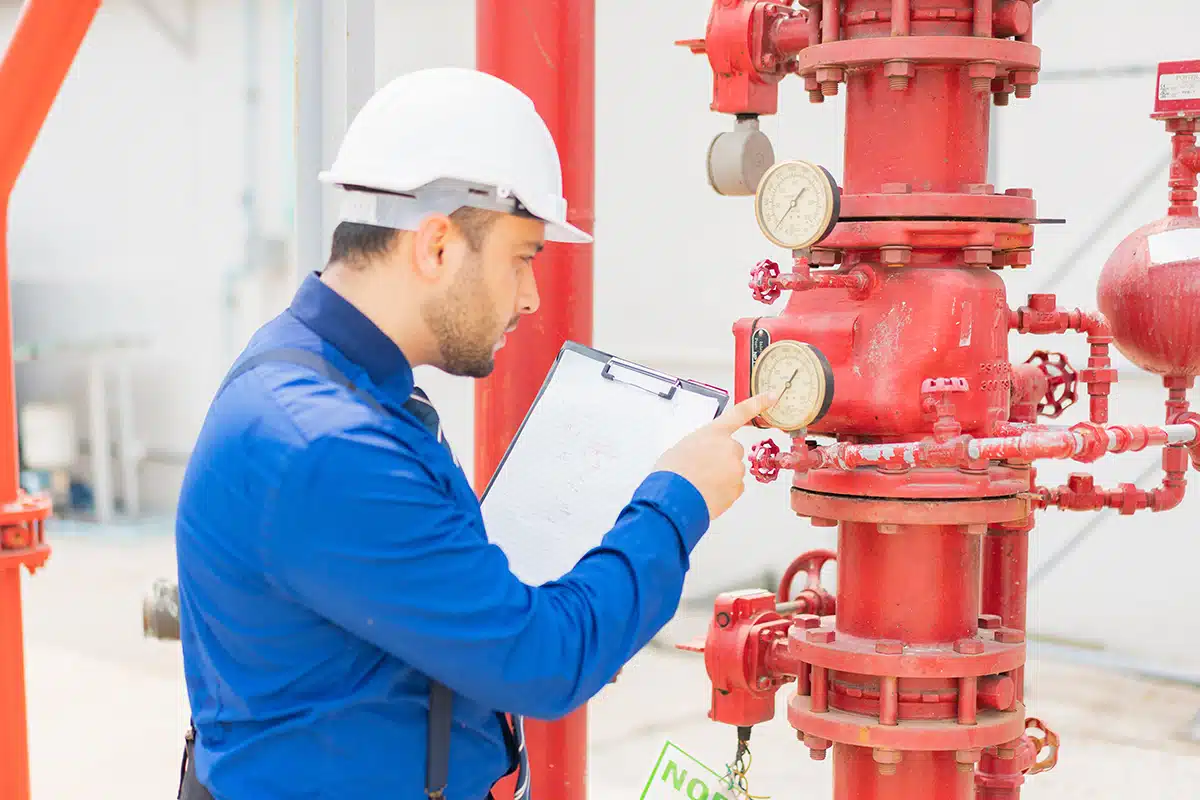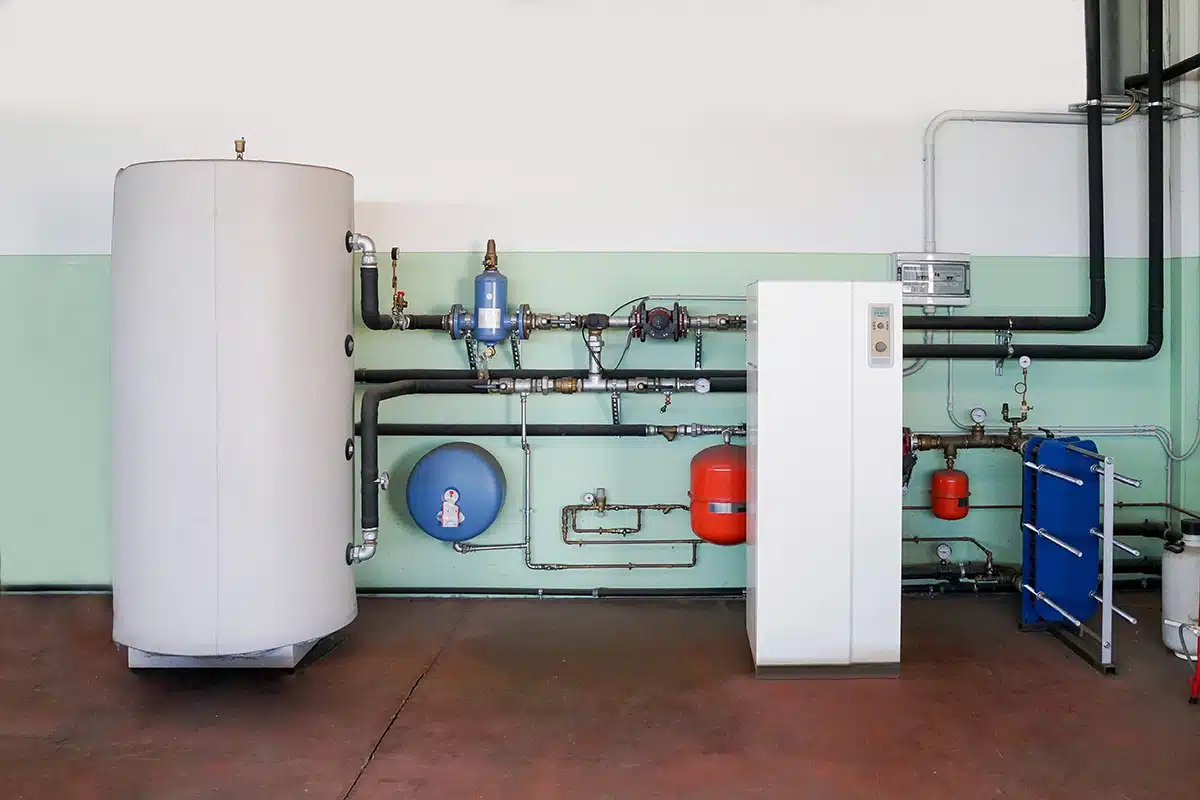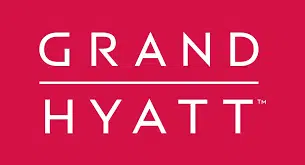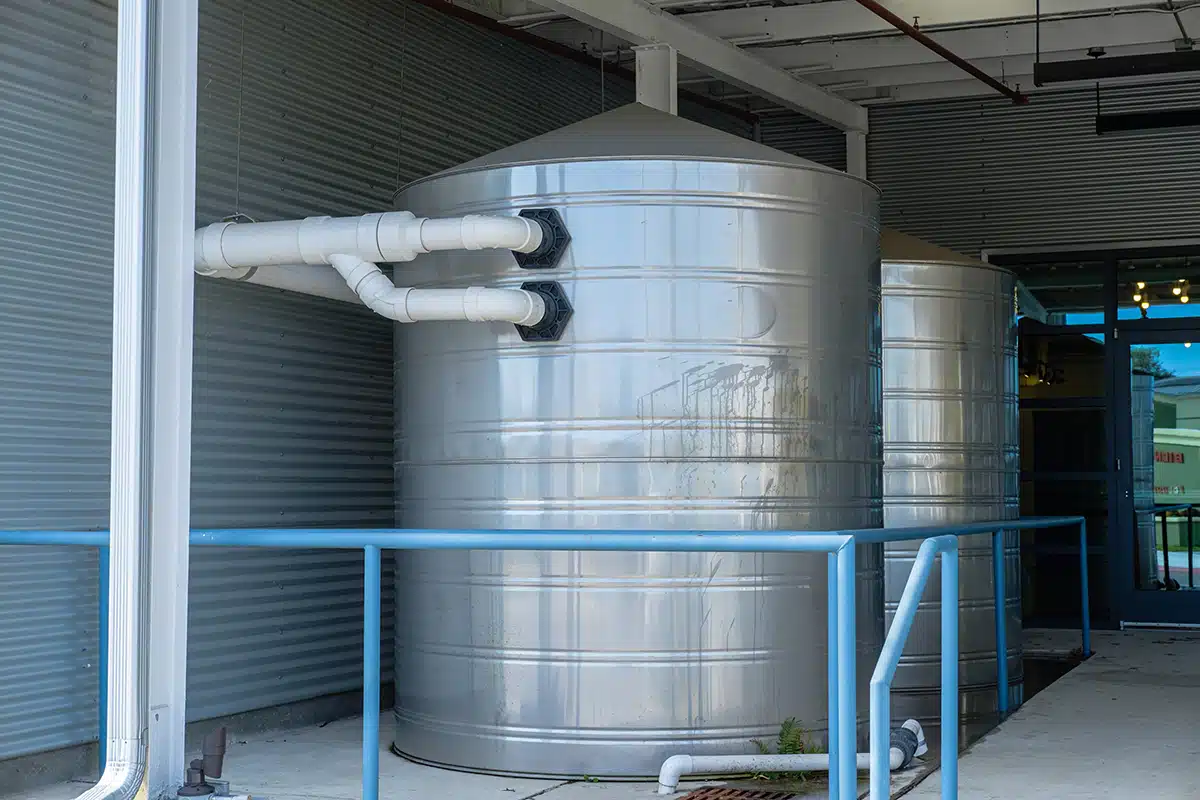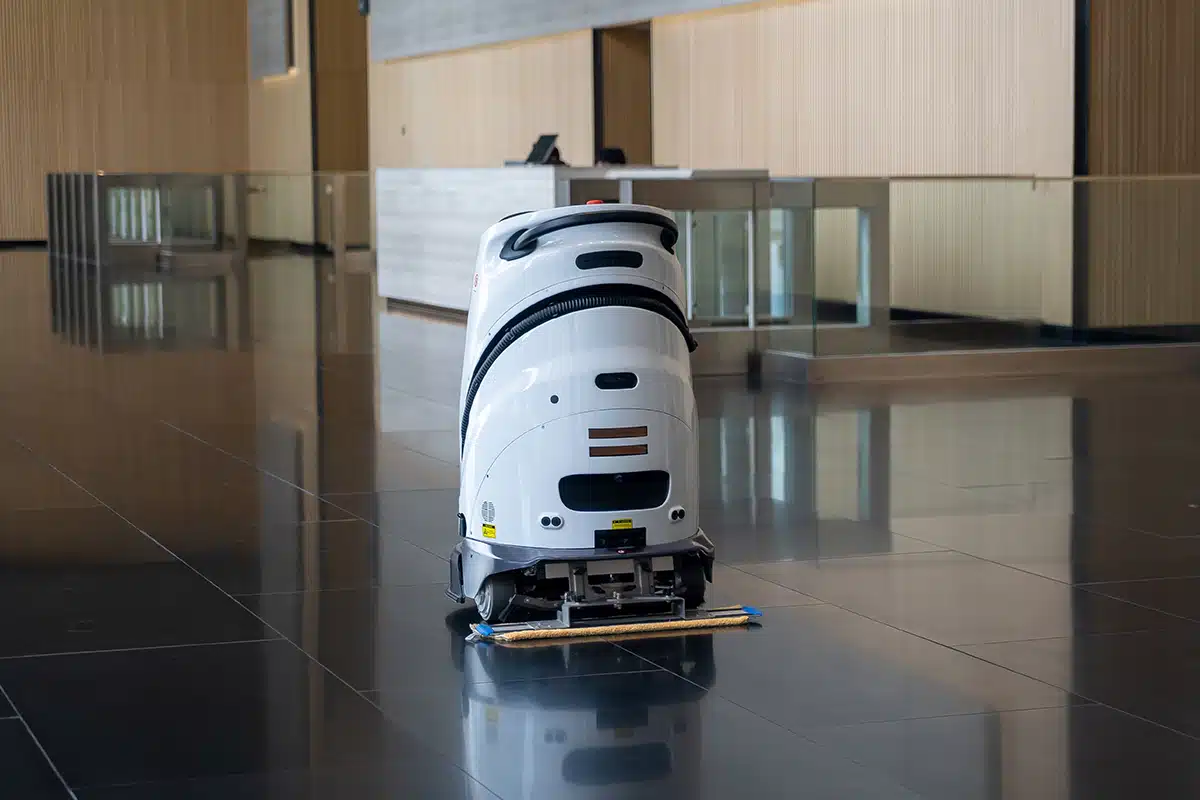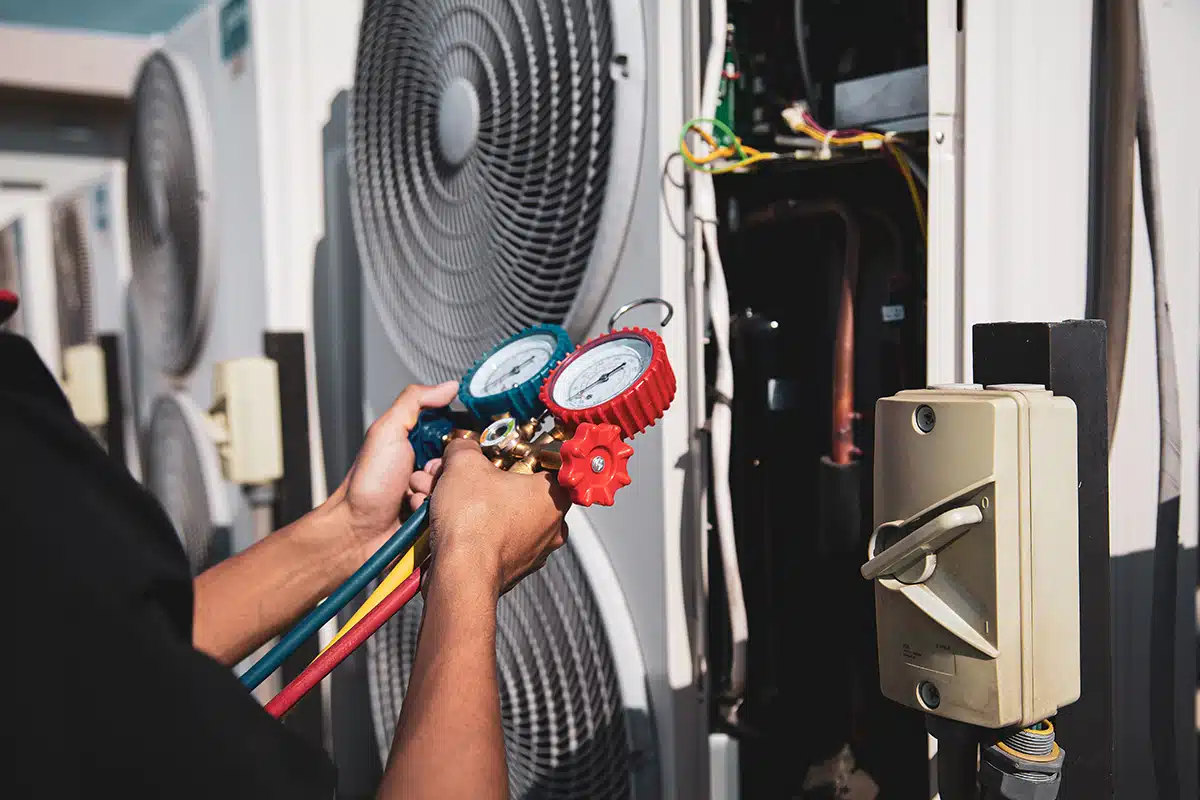Water conservation is a win-win for most commercial facilities. With a strong commercial water management program, facilities managers are able to satisfy tenants and community leaders looking for sustainability—while saving significant amounts of money.
The latter is especially true today. Water utilities are experiencing cost increases due to higher energy expenditures, catchups on deferred maintenance, increased wages, and in some cases, the need to import water from distant sources. These increased expenditures are being passed along to utility customers, and can hit corporate users especially hard, as commercial facilities are one of the largest consumers of water—according to the EPA, commercial buildings consume approximately 17 percent of the public water supply each year.
Fortunately, a robust water conservation plan can reduce water consumption by as much as 45 percent, leading to significant savings.
Understanding Your Facility’s Water Usage
High-impact facility upgrades include replacing outdated plumbing fixtures, optimizing cooling towers, installing submeters, and—where possible—reducing outdoor water use with desert-friendly flora.
Water use varies greatly by type of facility. In most office complexes, restrooms use the bulk of the facility’s water. Hospitals, restaurants, and other facilities have additional water needs. But no matter what type of facility you manage, developing a water conservation plan will follow similar steps.
Determine Your Annual Water Use and Costs
In order to develop a commercial water management plan, you need to know how much water your facility uses in a year. Getting this information can be as simple as adding up the amounts reported in your water bills. If you already employ submetering, you should be able to assess fairly accurately which areas and functions within your facility—landscaping, air conditioning, restrooms, etc.—are hogging the most water.
If you don’t have submeters, you may have to estimate your usage. Fortunately, there are tools that can help with this, such as portable ultrasonic water meters that clamp onto pipes to measure water flow at various points along the pipe.
Conduct a Water Audit
Once you understand where and how water is consumed in your facility, you can identify opportunities for more efficient water use. In other words, you need to conduct a water audit.
Begin your water audit by walking through your facility and identifying every point where water is used. Document each device that uses water—such as toilets, faucets, and irrigation systems—along with their locations and their flow rate. And be sure to include mechanical equipment such as boilers and cooling towers, which use a significant amount of water.
The audit is also a good time to check plumbing and related fixtures to make sure they’re in working order. Fixing drips and leaks is the low-hanging fruit of the water conservation tree.
Other easy conservation steps include:
- Checking water submeters installed on major water-using equipment and systems.
- Testing water pressure on each floor of a building to ensure it is within optimal range for fixture and equipment performance.
- Checking and adjusting automatic sensors and metering the faucets to ensure accurate timing and delivery of water per cycle.
- Testing and calibrating automatic- and sensor-flushing devices to prevent double/phantom flushes.
- Ensuring irrigation schedules are appropriate for your region’s climate and soil conditions.
Analyze Trends
Once you’ve audited your systems, the next step is to spot patterns and opportunities for improvement. There are many different tools available to help with water use analyses, including water management software, smart water meters, and water management sensors that can detect leaks and other anomalies. The EPA’s WaterSense Water Use and Savings Evaluation (WaterUSE) Tool is a good free resource that details how to conduct a water audit and analyze the results.
Develop a Commercial Water Management Plan
Now that you know how much water you’re using and where it’s being used, you can develop your commercial water management plan. The EPA recommends that you begin by bringing building owners, facility management staff, senior management, and any other key decisionmakers together to develop a list of goals and policy initiatives. In addition, including employees from different parts of the organization in the goal-setting process will promote a sense of ownership across the company. Once water conservation goals have been developed, they should be communicated to the entire organization. Having senior management or the building owners communicate these goals will send a message to employees (or tenants) that water conservation is a priority.
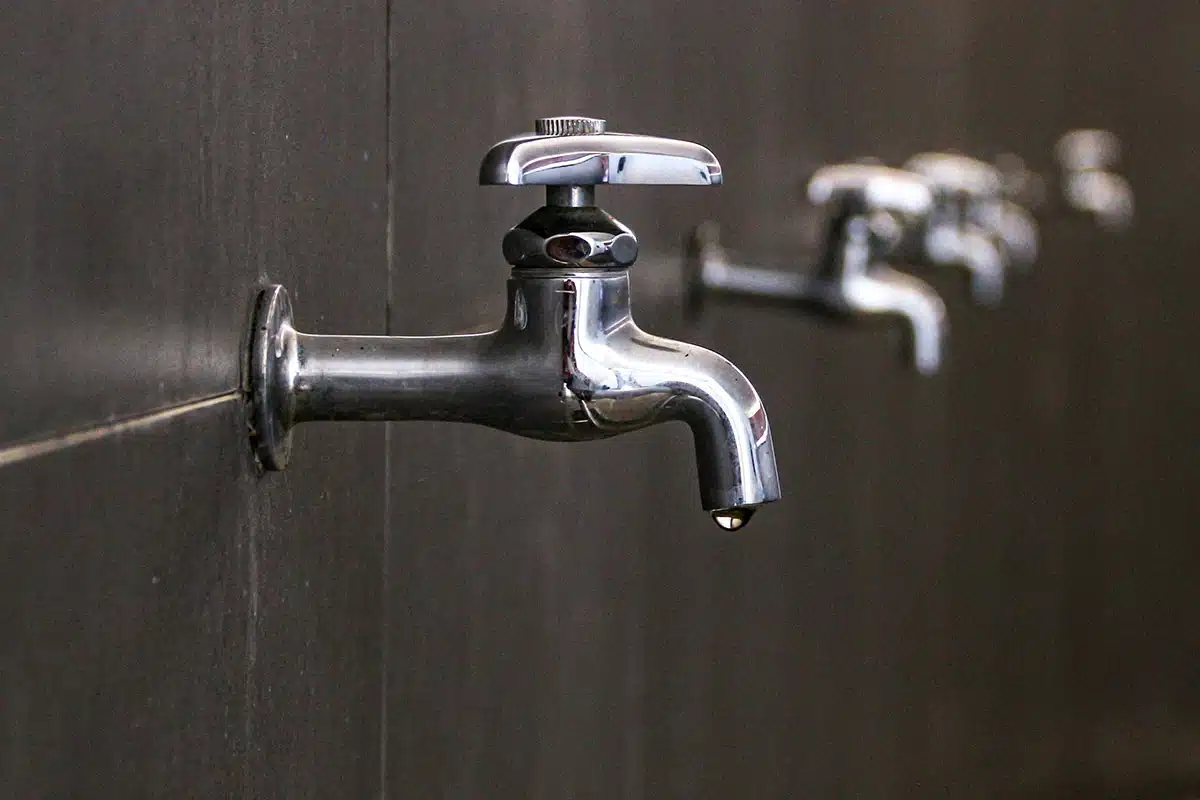
Examples of commercial water management goals may include:
- Reducing water use by a certain percentage per year for a period of years to reach a target reduction goal, using the facility’s current water consumption as the baseline.
- Completing projects identified through the planning process within a set timeframe.
- Upgrading targeted areas such as mechanical systems, restrooms, or commercial kitchens.
- Establishing a leak-detection program to identify and correct any unaccounted water use that could be due to leaks.
Once water conservation goals have been set, it’s time to create an action plan for achieving these goals. Which actions or projects will lead to the desired reduction in water use? What are the associated costs for these changes, and what are the potential savings? Will improvements be funded through operating expenses or capital funding mechanisms?
Some upgrades involve significant up-front costs. Fortunately, rebates and incentive programs from local water utilities or state governments can help reduce those costs. For example, the East Bay Municipal Utilities District offers a variety of incentives to support commercial customers, including free water-saving devices and customizable rebates up to $15,000 for landscape and equipment upgrades. Similarly, the Metropolitan Water District in Southern California offers business customers rebates for several types of upgrades, including water-saving toilets and urinals, more efficient cooling tower pH controllers, and even landscaping equipment. Many localities offer incentives for more efficient water use, so be sure to explore the rebate programs available from your local water utility or state agency.
Prevent Water Waste
One of the least expensive ways to conserve water is to prevent it from being wasted in the first place. And two of the most important ways to do this are to monitor your plumbing system for leaks, and to educate the people working in your facility about water-saving steps they can take every day.
Leak Detection and Repair
Leaks are a common cause of water waste. A dripping faucet may seem minor, but just one faucet leaking at a rate of one drip per second will waste 3,000 gallons of water a year. Regular maintenance checks will ensure that these “minor” leaks are caught quickly, and fortunately, most leaks can be repaired simply and inexpensively.
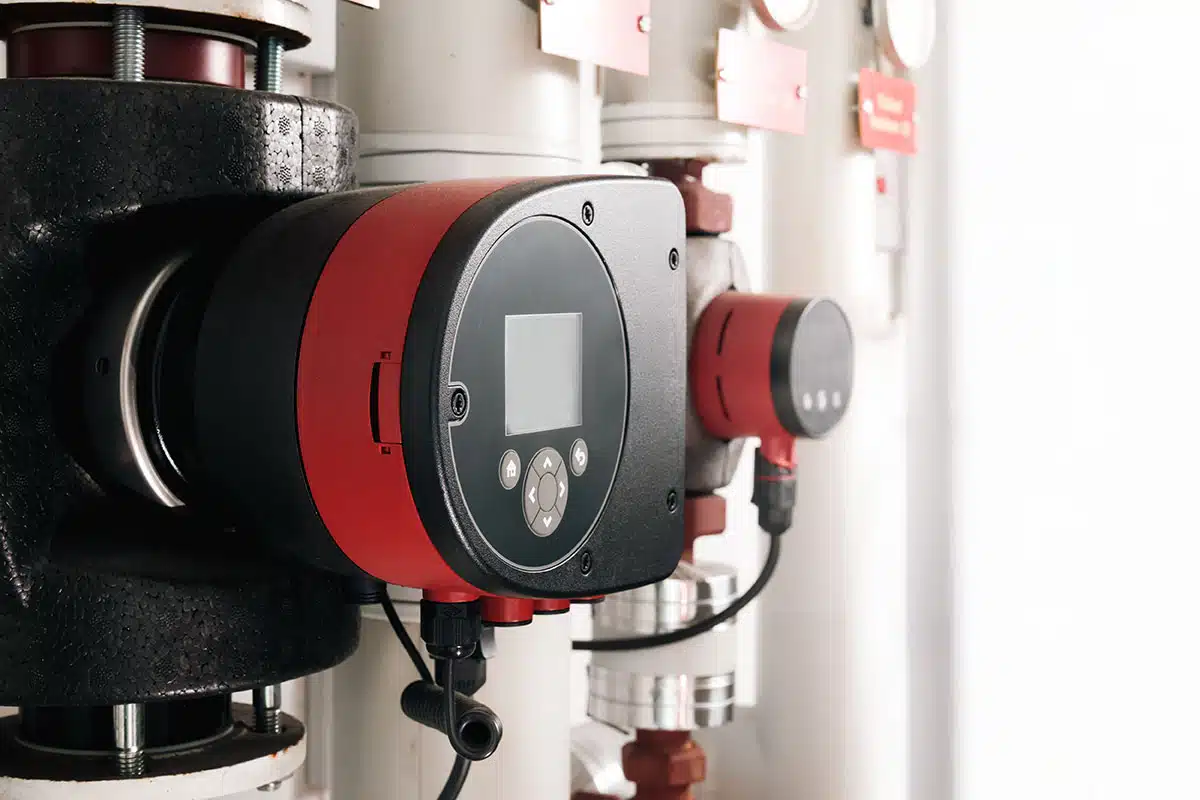
When searching for leaks, it’s important to check behind walls and other hard-to-reach places. There are several types of handheld devices that use non-invasive thermal imaging to detect leaks, while drones can be used to inspect upper floors, rooftops, and other elevated locations. Finally, visual inspection tools like borescopes can allow your staff to see inside narrow and difficult-to-access spaces. Using the right tools will make your inspection process easier and less expensive.
When it comes to fixing water waste, smart water meters can make a big difference. These devices monitor water flow and will automatically alert you to unusual patterns. Some smart meters can even shut off a water line automatically if a significant, unexpected flow is detected.
When tightening up water use, be sure to look outside the building as well. Landscaping can be a water hog, so any efficiencies gained here can significantly impact the bottom line. Make sure that your landscaping personnel regularly check irrigation systems for leaks. Since sprinklers and drip lines are often run after business hours—when no one may be around to notice leakage—it’s important to proactively check lines and systems for leaks and other malfunctions.
Employee education
Your maintenance staff plays a crucial role in identifying and rectifying water waste, but your facility’s tenants and employees also play a big role in how water is used. To turn your facility’s occupants into water conservation allies, you can:
- Hold regular training sessions to educate occupants about simple conservation steps like turning off faucets (if manually operated). Occupants can also be taught to identify common signs of leaks, such as water stains, musty odors, and mold growth. Using visual aids like videos and diagrams to show where leaks commonly occur can be helpful. And make it easy for occupants to report possible leaks by setting up a phone number or dedicated email address they can reach out to.
- Create a culture of awareness in which occupants feel responsible for reporting potential issues. You can even develop a program that rewards occupants who report leaks or engage in other water conservation efforts.
Upgrade fixtures and equipment
Some of the highest-impact facility upgrades are replacing outdated plumbing fixtures, optimizing cooling towers, installing submeters, and reducing outdoor water use with desert-friendly flora that require less irrigation. You can garner big water savings by replacing older fixtures and systems with water-conserving devices that meet today’s standards. For example, if your facility was built before 1992, it may still have toilets that use as much as five gallons of water per flush. Today’s toilets must comply with the federal standard of 1.6 gallons per flush, or state standards (such as California’s) mandating no more than 1.28 gallons. Replacing these water-wasting toilets can make a big difference in water consumption.
Other major savings can be found by:
- Integrating meters and submeters. Meters and submeters can be integrated into a centralized building management system, making it easy to track and report water usage on an hourly, daily, monthly, or annual basis. Such a system can also trigger alerts when leaks or other operational anomalies are detected.
- Optimizing cooling tower operations to minimize water loss. One way to do this is to maximize the cycle of concentration (or concentration ratio). When water evaporates from a tower, dissolved solids remain in the recirculating water, but as more water evaporates, the concentration of solids increases and can cause scale to form, which also can lead to corrosion problems. Removing a portion of the highly concentrated water and replacing it with fresh make-up water to compensate for evaporation is the most significant way of conserving water in cooling tower operations. In some cases, water from other equipment at the facility, such as air handler condensate, can be recycled and reused for this make-up water.
- Reducing irrigation watering. There are several ways to do this, like switching to drought-resistant landscaping, which can cut outdoor water use by up to 50 percent. Shrubs can be watered through drip irrigation instead of sprinklers. Another water-saving tactic is to install weather-based irrigation controllers, which let you water plants based on temperature and rainfall.
- Upgrading equipment. Upgrading key equipment is one of the most effective ways to improve water conservation while maintaining system efficiency. In addition to switching to water-saving toilets, consider upgrading your boilers and chillers (especially if they’re more than a few years old) with newer, higher-efficiency models.
Implement Recycling and Reuse Systems
Cooling towers aren’t the only areas where water can be reused. Facilities can also reuse treated wastewater from sinks and showers, for example, for non-potable purposes like toilet flushing or irrigation. Doing this, however, requires a dedicated greywater system, and the costs of retrofitting an existing facility to incorporate a greywater system can be prohibitive. So, make sure to explore the cost thoroughly before making any decisions.
In areas with significant rainfall, rainwater harvesting systems can be installed, particularly where the roof is large enough to collect a sufficient volume of water. The water is funneled into storage containers, either above ground or below ground. Equipment is available to filter the water before it reaches the storage container in order to remove dirt, debris, and organic material. Using harvested rainwater for landscaping is usually easier than using it indoors. If you plan to use the water for indoor applications or cooling towers, pumps and additional pipes will be needed. Make sure you check with local authorities first to find out if these systems are permitted and what requirements they may have. Sometimes rebates or incentives may be available to offset some of the costs of installing a water harvesting system.
Monitor and Evaluate Progress
Like anything else, preventing water waste is an ongoing process. Once you’ve established your baseline of water use and implemented your water-saving projects, you’ll need to monitor your water consumption to determine the effectiveness of your conservation system, compare current water use to your goals and benchmarks, and adjust practices accordingly.
Fortunately, there are tools to help you monitor your savings and alert you to any issues that need to be addressed. These tools include water meters, flow sensors, smart devices, and software applications
You may also want to consider conducting retro-commissioning audits. Ideally performed every five years, these audits identify operational inefficiencies and allow facilities engineers to make needed adjustments. Although primarily a tool for energy conservation, the audits can also be used to monitor water conservation.
Reaping the Benefits of Commercial Water Management
In addition to enabling you to save water (and money), a robust commercial water management plan can help you:
- Ensure regulatory compliance. Many states are tightening their water use regulations. Water-scarce California, for example, imposed mandatory 25 percent cutbacks on water use during a drought in 2014.
- Support LEED certification efforts. Implementing water efficiency plans demonstrates your company’s commitment to environmental stewardship and may help qualify you for the prestigious LEED certification, raising your company profile and distinguishing you from competitors.
- Champion resiliency. By reducing dependence on limited local water resources, water-efficient properties are less vulnerable to fluctuations in water supply from weather-related disasters. Reducing water consumption also ensures a more sustainable water supply for your surrounding community.
Saving money is just one of the many benefits of reducing water use. Fortunately, with current technologies—and the right commercial water management plan—it’s easier than ever to reduce, reuse, and recycle your facility’s most precious resource.

